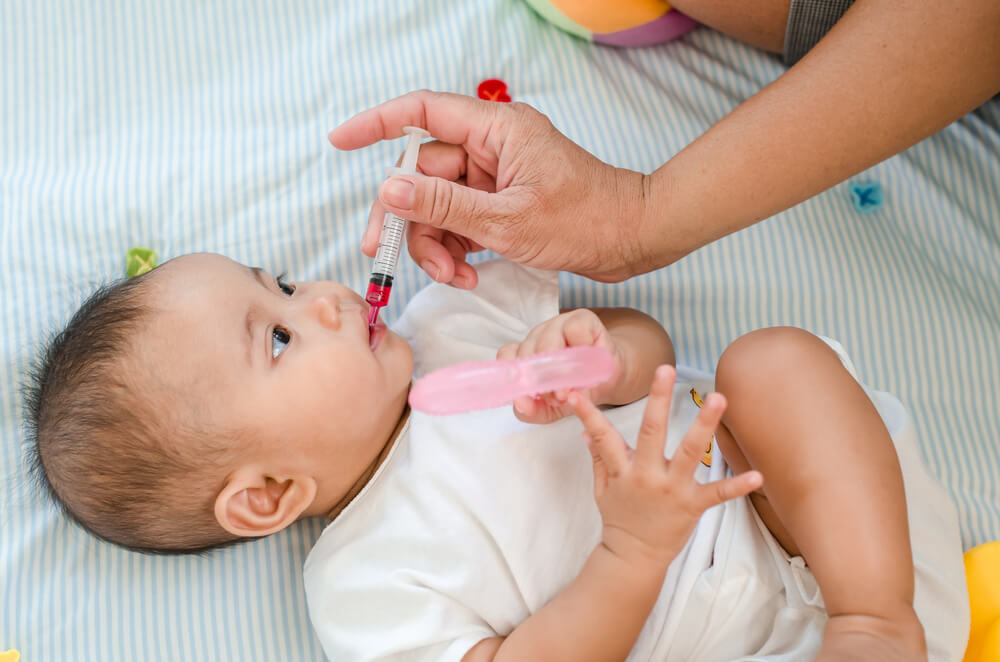Klumpkes Palsy Treatment
Depending on its extent, Klumpke’s palsy can be a rather serious condition. In general, doctors consider it a more serious condition than Erb’s palsy. The brachial plexus nerves in the shoulder will send impulses to the shoulders from the spine, but this condition can scramble the signals and cause communication problems in the brain and the muscles. This is not a neurological disorder like cerebral palsy because it doesn’t impact the brain.

How Do Doctors Treat This Condition?
Doctors have a few methods of Klumpke’s palsy treatment. Normally, the doctor will choose a Klumpke’s palsy treatment based on the severity of the illness. Treatment differs, whether it is a mild or severe case. Normally when this happens, it is a neuropraxia injury, which means a nerve conduction blockage has resulted in the loss of sensory and motor function. It happens when it gets stretched. With the least severe injury, most babies who have suffered this one will recover without a need for treatment. Usually, you have either a definite mark of improvement, or they won’t improve much. Many babies will heal at the age of three or four months. You have three key factors that will impact this: other existing conditions, type of injury, and the time between injury and treatment.
When it comes to the types of treatment for this birth disorder, you have a few different treatment options that the doctor might recommend. For example, he might recommend physical therapy. Through physical exercise, your child learns a greater range of motion in their arms. Typically, this type of therapy means that your child will receive a gentle massage. The second form of treatment is surgery. In general, the doctor won’t do this unless the child has a severe case because of how surgery can be serious. However, it can bring your child some progress. Finally, you have available medications that can help the nerve.
Some of the medications available to you for this condition include:
- Pain relievers
- Topical ointments
- Prescription medications
The goal is to speed up the process of healing. In some cases, your child may have a severe case that makes it difficult for them to recover. Surgery will often work best in these cases, but they don’t always work either. A surgeon will usually employ one of three methods: a nerve graft, a nerve transfer, or a muscle transfer. Again, it depends on the extent of the birth injury.
In some cases, the nerves will heal independently without medical intervention, but this is best decided by a medical professional. Surgery can also help your body to heal more easily. Physical therapy has also helped because of how it can bring blood flow to certain areas of the body where it is needed. While healing from this condition takes anywhere from three to four months, you can usually expect a 90 to 100 percent recovery rate. While this condition has similarities to others like Erb’s palsy, it is still an injury unique to itself.
